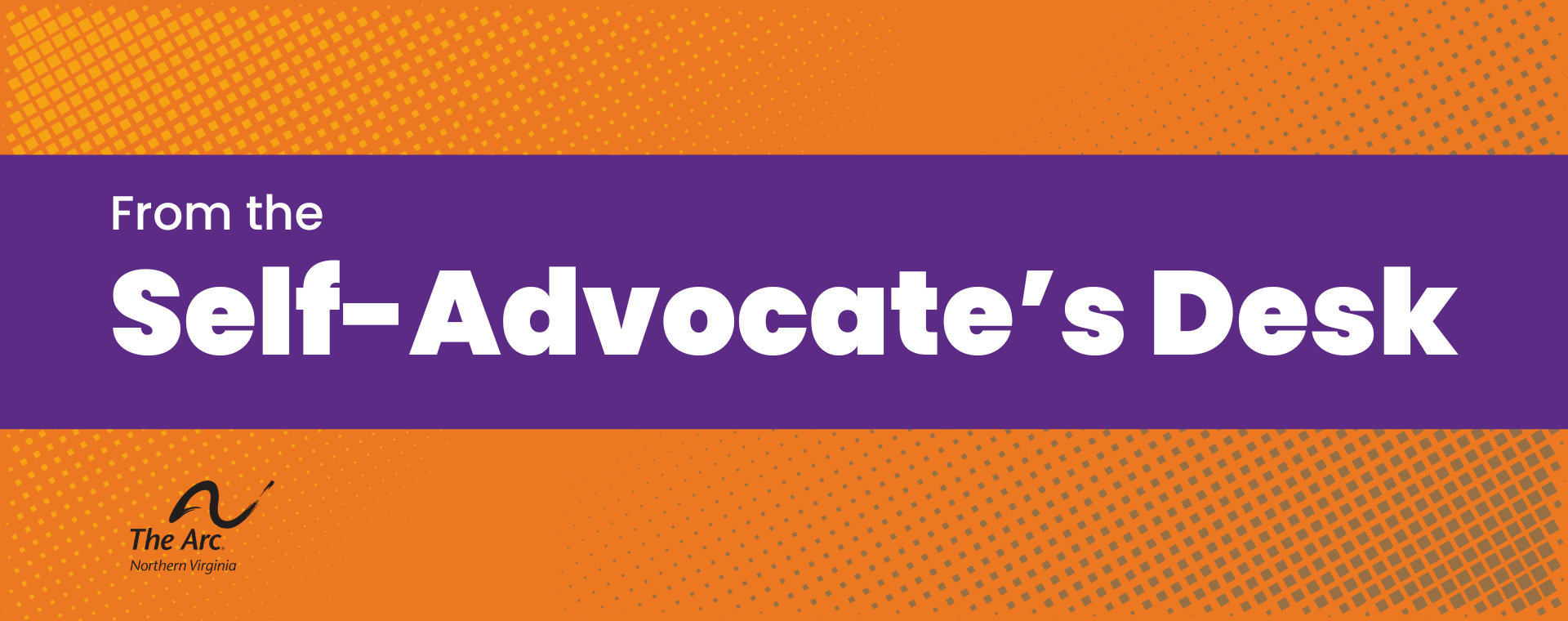What Ableism Really Means
Ableism is often described as discrimination or prejudice against disabled people, but in truth, it is much deeper than that. Ableism is a system of values and expectations that defines whose bodies and minds are considered “normal,” “productive,” or “worthy.” It’s a worldview that equates independence with success and dependence with failure, invisibly shaping how society perceives disability.
What makes ableism particularly insidious is that it hides in plain sight. It’s in policies that treat accessibility as optional, in workplaces that prize multitasking over flexibility, and in everyday conversations that praise someone for “not looking disabled.”
But if ableism is woven into our culture, institutions, and even our language, how do we begin to truly unlearn it?
The External Layers — How Society Frames Disability
Ableism often begins at the societal level, embedded in the systems that define what it means to be capable. From education to healthcare, disabled and autistic individuals are too often asked to prove their worth. Schools may label students “challenging” rather than adapting to diverse learning needs. Employers may see accommodations as favors instead of rights.
Even positive portrayals can perpetuate harm. The notion of “inspiration porn” celebrating disabled people simply for existing reduces human experience to feel-good moments for non-disabled audiences. Similarly, “tragedy narratives” frame disability as something to overcome rather than an integral part of identity.
Society tends to measure value through productivity and conformity. Those who don’t fit the mold are told to “try harder” or “be more independent.” But true inclusion requires dismantling these very standards, not asking people to contort themselves to meet them.
Ableism isn’t always loud or hostile. It can sound polite, even well-meaning. It’s in the pitying smile, the unsolicited advice, or the assumption that assistance equals incompetence. In this way, ableism thrives not just in our systems, but in our silences.
The Internal Layers — Ableism Within the Community
It’s uncomfortable to acknowledge, but ableism doesn’t stop at the boundary between disabled and non-disabled people. It can also exist within disability communities themselves.
Intra-community ableism appears when certain disabilities are deemed “more valid” than others, or when support needs are used to rank people’s worth. It emerges in debates over functioning labels, “high-functioning” or “low-functioning” terms that divide rather than unite. These labels reinforce hierarchies that mirror the very systems disabled people have fought to escape.
Then there’s internalized ableism, the quiet voice inside that echoes society’s messages. It tells us we are “too much,” “too dependent,” or “not disabled enough.” Many of us have absorbed those messages without realizing it, especially in spaces where survival meant adaptation.
But recognizing internalized and intra-community ableism is not an admission of failure, it’s an act of growth. It’s how we move toward a collective understanding rooted in empathy, not hierarchy.
The Intersectional Layers — When Ableism Meets Other Forms of Bias
Ableism rarely stands alone. It intersects with other forms of oppression racism, classism, sexism, and more to create unique barriers for marginalized people with disabilities.
A disabled person of color may face racial profiling and inaccessible healthcare simultaneously. A low-income disabled person may be denied resources because systems assume financial privilege. For marginalized people, the experience of disability is often compounded by social inequities that make access, safety, and respect even more precarious.
These intersections remind us that no form of liberation can exist in isolation. A movement that overlooks race, class, or gender identity risks reinforcing the very inequities it seeks to dismantle. True equity means understanding that the fight against ableism is inseparable from the broader pursuit of justice.
From Awareness to Accountability
Awareness is only the first step. Real change comes through accountability, the willingness to confront our own biases and to challenge them wherever they appear.
Calling out ableism isn’t about blame; it’s about responsibility. It’s about ensuring that accessibility is never an afterthought, and that disabled and marginalized voices are centered in every conversation that affects them.
Here are some starting points for action:
- Listen to disabled people with lived experience, especially those at the intersections of multiple identities.
- Question language that reinforces hierarchy or deficit-based thinking.
- Advocate for accessibility as a collective responsibility, not a personal burden.
- Reflect inwardly, unlearning ableism is an ongoing process, even for those of us within the community.
Accountability is not division, it’s growth. It’s what allows communities to evolve from awareness into action, from empathy into equity.
Toward a Culture of Radical Inclusion
Ableism thrives in the spaces where it goes unnamed. Dismantling it requires more than policy reform or good intentions, it demands a cultural shift toward empathy, authenticity, and truth-telling.
To recognize ableism in all its forms is to reclaim power, both individually and collectively. It is to say that inclusion cannot exist without honesty, and that advocacy means holding ourselves and our systems accountable.
Ableism doesn’t vanish when we ignore it; it becomes quieter, subtler, harder to spot. The task before us isn’t to feel guilt, but to act with awareness, compassion, and courage.
Because every time we name ableism for what it is, we bring the world one step closer to seeing disabled lives not as exceptions to humanity, but as reflections of it.
Ian Allan
Self-Advocate for The Arc of Northern Virginia
Ian Allan is a self-advocate with a deep commitment to policy literacy, systems change, and disability justice. Through The Arc of Northern Virginia, he works to ensure that people with intellectual and developmental disabilities are not merely served by systems, but are actively shaping them.

